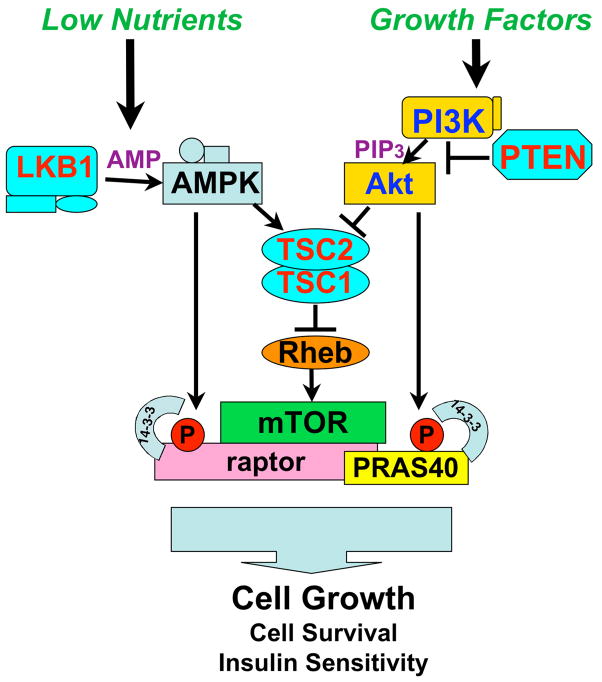Figure 7. Nutrients and Growth Factors control mTORC1 activity though common (TSC2) and unique (raptor, PRAS40) downstream targets.
Strikingly, both AMPK-mediated suppression of raptor and Akt-mediated suppression of PRAS40 involve the phosphorylation sites in each protein binding to 14-3-3, resulting in the inactivation of those targets. Inherited mutations in LKB1, TSC1. TSC2, and PTEN all result in hamartoma syndromes in humans indicating that hyperactivation of mTORC1 is a common biochemical mechanism underlying these genetic disorders.

